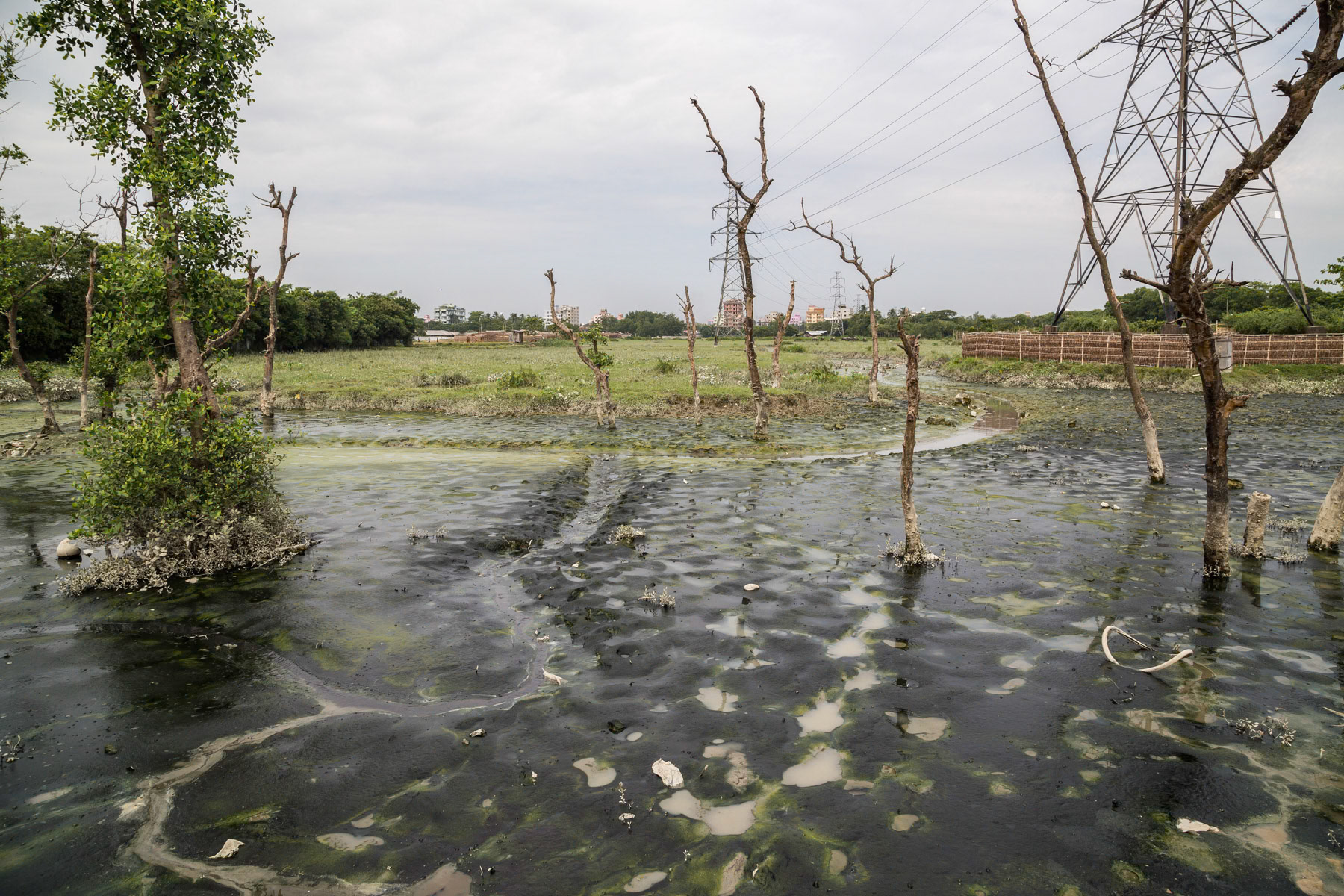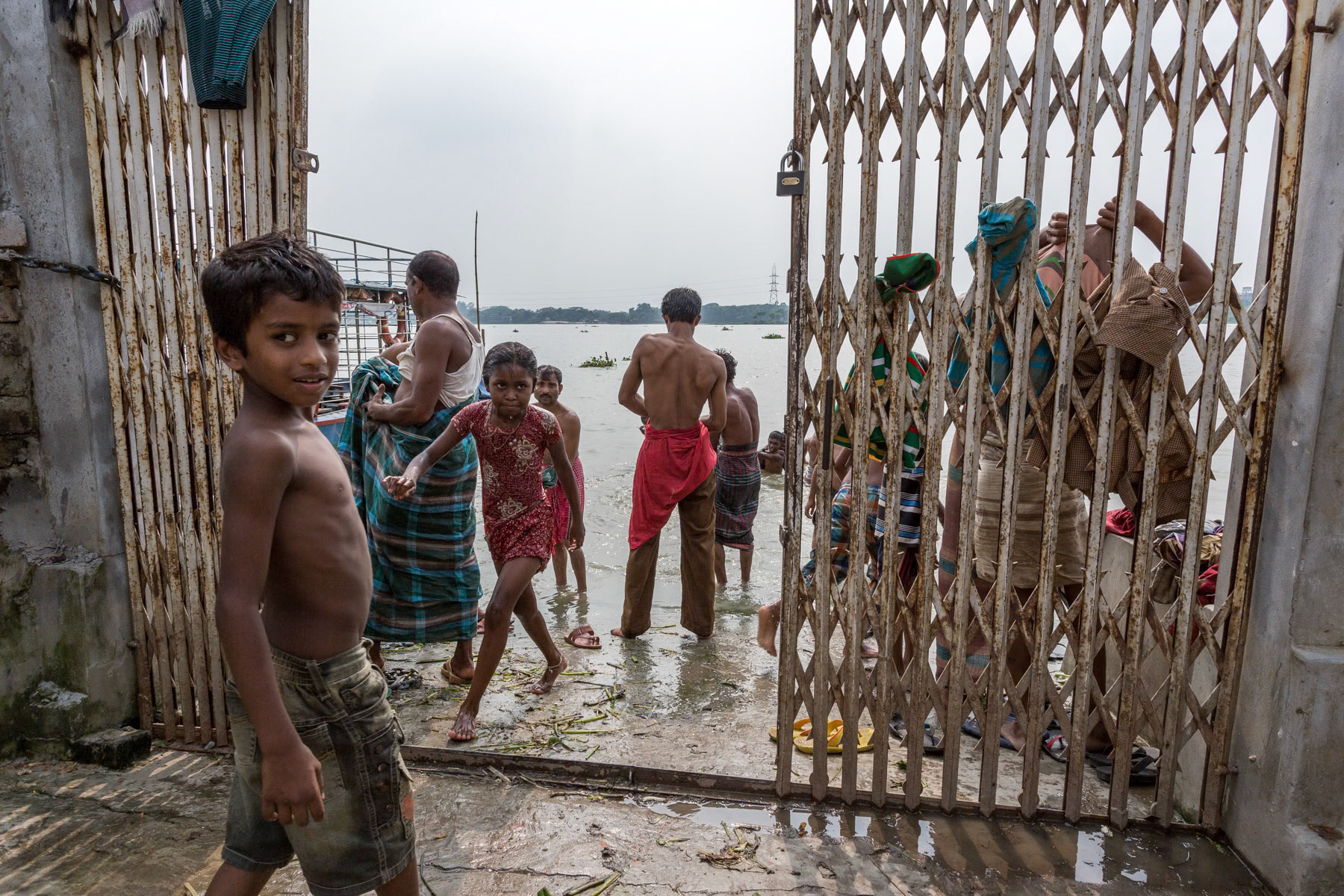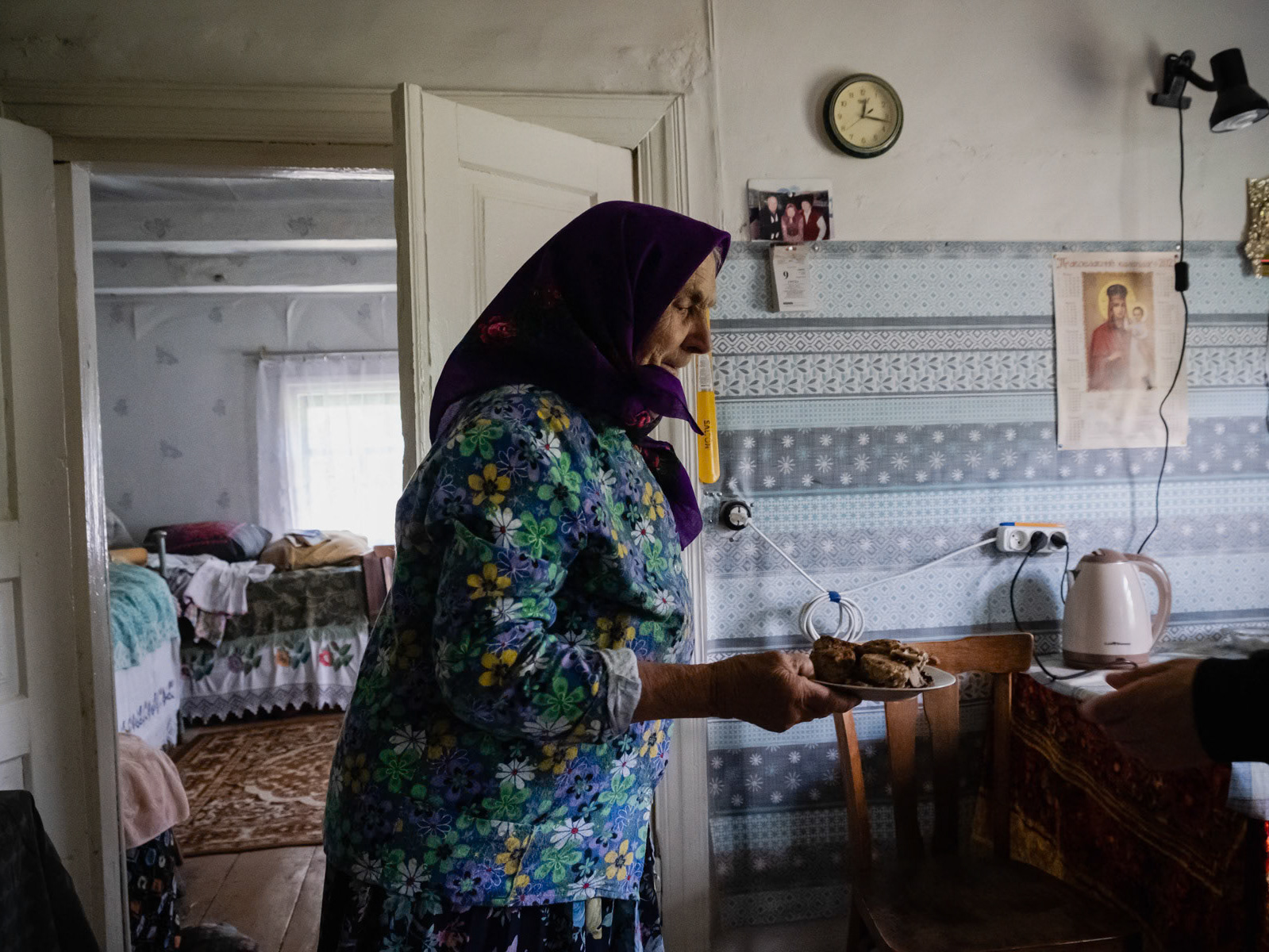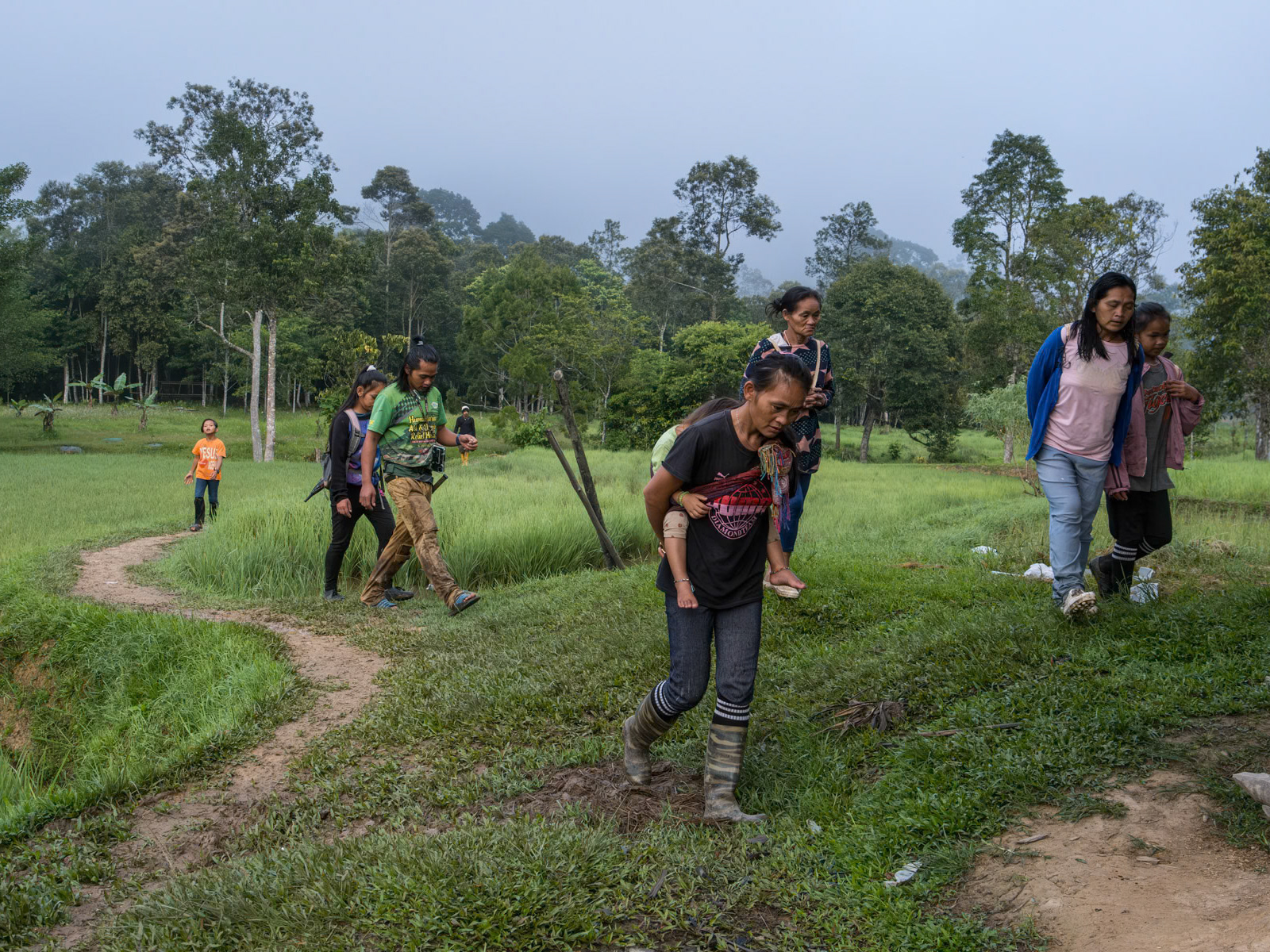River communities in Bangladesh, particularly those living along the vast network of the Ganges, Brahmaputra, and Meghna rivers, have long depended on these waterways for their livelihood. These communities engage in fishing, farming, and river transport, living in close harmony with the natural cycles of the rivers. However, their lives are increasingly threatened by pollution, over-population, and climate change.
River pollution, caused by industrial waste, agricultural runoff, and untreated sewage, has severely degraded water quality, impacting the health of both people and aquatic life. Contaminated water makes it difficult for communities to access clean drinking water, while also threatening fish stocks, which many depend on for their livelihood.
Over-population in cities like Dhaka exacerbates the problem. As millions migrate from rural areas in search of better opportunities, the pressure on urban infrastructure, such as waste management and sanitation, increases. This leads to even more pollution, further compromising water sources in surrounding rural areas.
Additionally, climate change is causing more extreme flooding and unpredictable weather patterns, putting river communities at greater risk. Rising sea levels and erratic monsoons disrupt agriculture, force migration, and threaten the very existence of these vulnerable communities. Together, these challenges make survival increasingly precarious for river-dependent populations in Bangladesh.

Bikkabil wetlands, Srimangal, Bangladesh, September 2014

Fruit seller on a ferry crossing the Jumuna river, Bangladesh, April 2014

Children collecting waste in the heavily polluted Buriganga river, Dhaka, Bangladesh, May 2014

Heavily contaminated soil due to a complete lack of industrial waste treatment, Chattagong char, Bangladesh, October 2014

Joymuni village in the Sundarbans, Bangladesh, April 2014

Waiting for a shipment, Savar, Bangladesh, April 2014

Wetlands near Sylhet, Bangladesh, September 2014

Baby shrimp fishing in the Pushur river during high tide. Banishanta Bazar in the district of Mongla, Bangladesh, May 2015

Kerenigong neighbourhood along the Buriganga river in Dhaka, Bangladesh, October 2014

Toxic Buriganga river affluent, Hazaribagh, tanneries neighbourhood, Dhaka, Bangladesh, October 2014

Banisanta village along the Rupsa river in the Sundarbans, Bangladesh, April 2014

Hazaribagh neighbourhood along the Buriganga river, Dhaka, Bangladesh, October 2014

Passanger boat, Buriganga river in Dhaka, Bangladesh, October 2014

Chili fields after the seasonal floods, Sanatola char, Bangladesh, October 2014

Activities in the village pond, Horipup in Bogra district, Bangladesh, October 2014

Children on a cargo ship along the Buriganga river, industrial zone between Hazirabagh and Gabtoli, Dhaka, Bangladesh, October 2014

Children from the Jamuna river chars, Sariakandi in Bangladesh, October 2014

River community along the Karnaphuli river in Chittagong, Bangladesh, October 2014

River communities along the Karnaphuli river drying fish, Chittagong, Bangladesh, October 2014

School in the chars of the Karnaphuli river near Chittagong, Bangladesh, October 2014

Ghat along a heavily polluted creek of the Karnaphuli river in Chittagong, Bangladesh, October 2014

River community of the Karnaphuli river, Chittagong, Bangladesh, October 2014

Chars are large sandbank islands created from silt deposit caused by important and ongoing river erosion. They are continuously being extended and reduced in size by the waters of Bangladesh's large rivers. About one million people live on chars and they are among the poorest and most vulnerable people in the country. Many are fully depending on food aid during the flood season lasting about six months and having nowhere else to go. Fishing baby shrimps for the hatchery, Kobutarmari Beel in the district of Mymensingh, Bangladesh, May 2015










